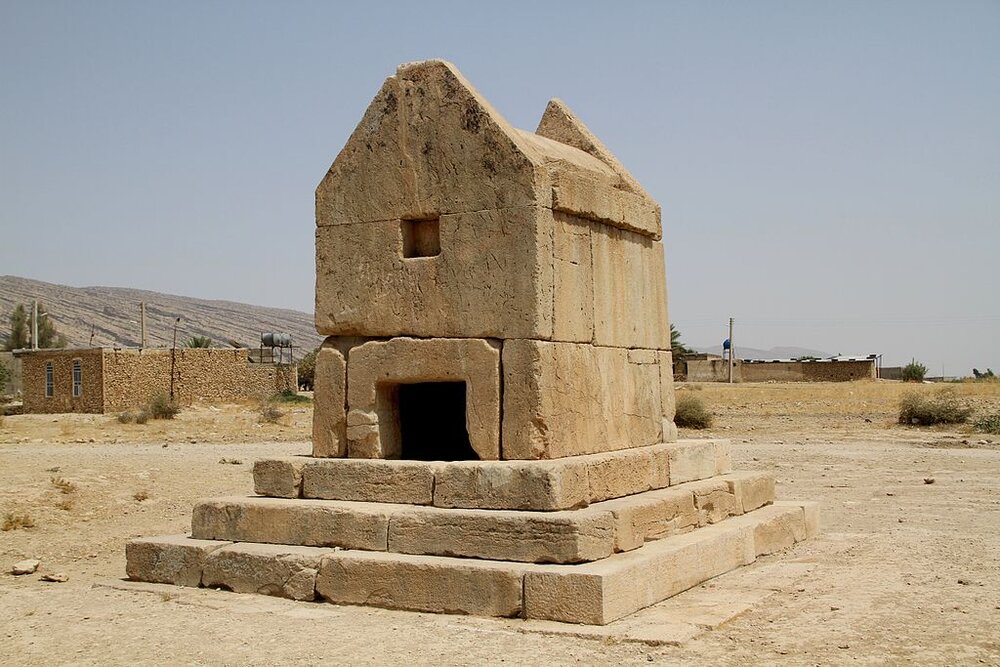Iran wants UNESCO tag for Achaemenid archaeological landscape near Persian Gulf

TEHRAN - Two years ago, Iran was successful in registering “Sassanid Archaeological Landscape of Fars Region” on the list of UNESCO World Heritage sites. Today, the country is seeking the possible inscription of another archaeological landscapes near the Persian Gulf, dating back to the Achaemenid era (c. 550-330).
“Iran aims to propose a possible registration of its Achaemenid-era archaeological landscape located in Dashtestan county, Bushehr province, neighboring the Persian Gulf,” said Yadollah Zekavatzadeh, director of the Achaemenid archaeological ensemble in Dashtestan.
The ensemble is comprised of three areas of Gur-e-Dokhtar, three stone mines, and over 30 historical sites, which are attributed to the Achaemenid era, the official noted.
Gur-e-Dokhtar, possibly the most notable monument in the ensemble, is a stone tomb belonging to the mother of Cyrus (Mandana) or her daughter (Atoosa). The tomb of Gur-e-Dokhtar is made of creamy color boulders and the roof is of a gable shape and has a height of about 4.5 meters.
“Whenever it comes to Achaemenid sites and relics, the first image that comes to mind is the [majestic] palaces of Persepolis and the ones existing in Susa. However, there are sites and artifacts from the Achaemenid period being discovered in other parts of the country, including the Achaemenid triple sites in Dashtestan,” Zekavatzadeh explained.
The Achaemenid [Persian] Empire was the largest and most durable empire of its time. The empire stretched from Ethiopia, through Egypt, to Greece, to Anatolia (modern Turkey), Central Asia, and to India.
The director of the World Heritage Affairs Office at the Ministry of Cultural Heritage, Tourism and Handicrafts, Farhad Azizi, has said that Iran is ranked 10th regarding the number of historical monuments and sites registered in the UNESCO World Heritage list, and upgrading this position can be very effective in the development of tourism in the country.
To date, 22 cultural sites, namely Armenian Monastic Ensembles of Iran (2008), Bam and its Cultural Landscape (2004), Bisotun (2006), Cultural Landscape of Maymand (2015), Golestan Palace (2013), Gonbad-e Qābus (2012), Historic City of Yazd (2017), Masjed-e Jāmé of Isfahan (2012), Meidan Emam, Esfahan (1979), Pasargadae (2004), Persepolis (1979), Sassanid Archaeological Landscape of Fars Region (2018), Shahr-i Sokhta (2014), Sheikh Safi al-din Khānegāh and Shrine Ensemble in Ardabil (2010), Shushtar Historical Hydraulic System (2009), Soltaniyeh (2005), Susa (2015), Tabriz Historic Bazaar Complex (2010), Takht-e Soleyman (2003), Tchogha Zanbil (1979), The Persian Garden (2011), and The Persian Qanat (2016), and two natural sites, namely Hyrcanian Forests (2019), and Lut Desert (2016) have been inscribed on the UNESCO list.
AFM/MG
